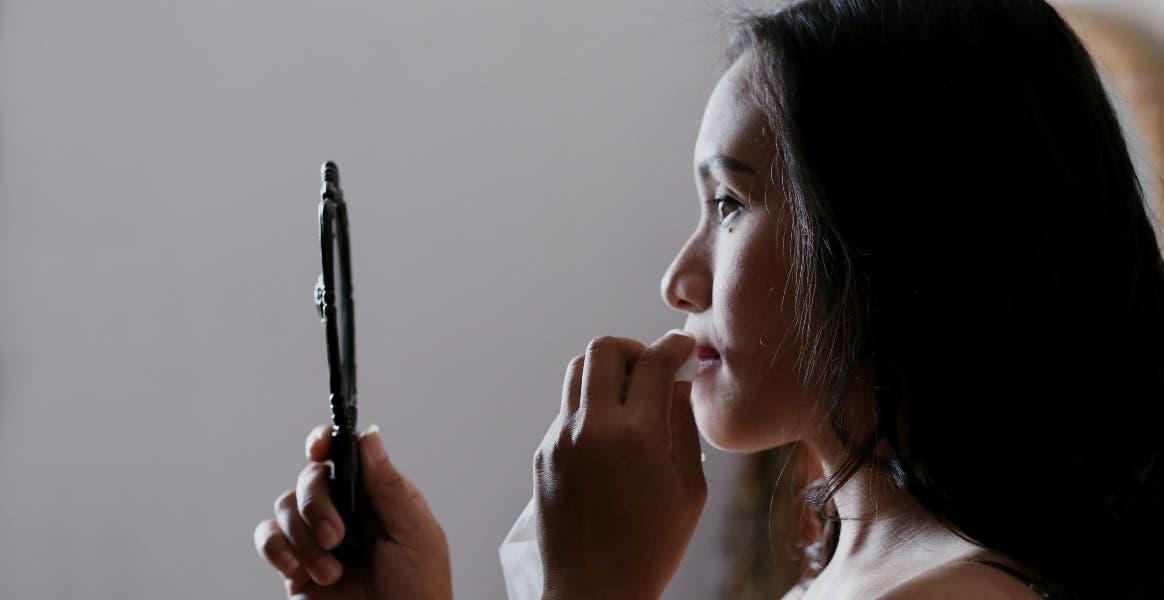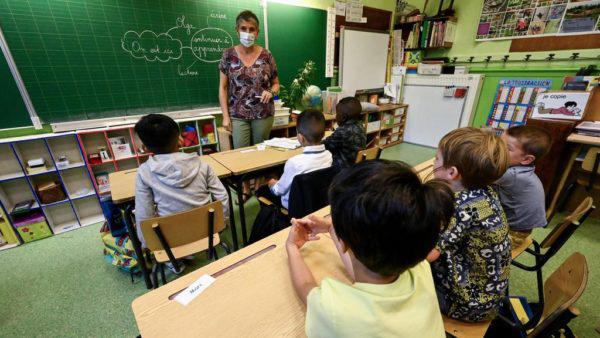
Loving yourself is not always an easy thing. The "mirror method" promises to entrench self-esteem by boosting the effects of positive thinking. Louise Hay, professor of metaphysics, developed this technique in three stages, achievable in 21 days. Yes, self-confidence is not innate, it works! Shall we try it together?
The mirror, booster of self-confidence?
Mirror, my beautiful mirror, tell me how to find me the most beautiful! Today, mirrors are everywhere. You can see his reflection in his bathroom, in the streets, in the transport, in the office … We can't miss each other. But this is not always the case. In fact, before the 19th century, seeing oneself in a mirror was rather reserved for members of royalty. The mirror presented on a chassis arrived in the bourgeois interiors from 1850. Then, over time, having a self-image at home became more democratic.
But looking at yourself in this object is not necessarily pleasant for everyone. For those who lack confidence, the mirror can even become their worst enemy. Being discreet, remembering past failures, failing to control one's emotions or repeating fiascos are signs of a lack of self-esteem.
In such cases, it is necessary to try to reconcile with the mirror, and therefore with one's self-esteem. But this is easier said than done. Fortunately, some techniques exist. Louise Hay, professor of metaphysics and lecturer, developed one, "the mirror method." In her book of the same name, she develops a 21-day challenge-facing the mirror-to learn to love one another and rebuild our image of ourselves.
The mirror method: first step

In her book, Louise May then details a three-week program to appreciate herself and free herself from the negative thoughts that hinder us every day. The first stage of the program is dedicated to regaining self-respect, and freeing oneself from the past. That is to say, during the first week, at each passing in front of the mirror, you must say aloud, straight in the eyes, "I love you". "I accept you as you are."
In 7 days, this object and its positive use will be part of your daily life. Of course, it's hard to be totally relaxed from the start with this exercise. We have to practice!
The key to success in this first step is to learn to recognize all your victories, however small and insignificant they may seem. Love, nothing but love! Have you finally managed to say "no" to your friend who is always asking too much for your liking? Celebrate him out loud. Acknowledge each success and congratulate yourself.
The mirror method: second step
Next, the second step requires you to talk to your "inner child" for a week. In contemporary therapy, this concept refers to the "infantile" (or child) part of the adult, linked to the primary and instinctive functioning of the child. Generally, this "inner connection" breaks down around the age of 5.
This step is crucial, as it makes it possible to identify his injuries, reassuring our inner child. It regulates her primary emotions such as fear, anger or joy. By trying to understand this child, we ease our emotions, and we have better relationships with others. Also, Louise Hay says you can help yourself with a picture of yourself as a child to help yourself with the exercise.
The mirror method: third step
The third and final step of the program is to find the path to "your inner peace". During this third week of work on yourself, you will have to repeat the various exercises, always in front of your mirror. By learning how to manage your emotions with her method, Louise Hay promises to live a life without stress. When you find this inner peace, then you should be able to "live with gratitude and harmony."
To go further, see Louise Hay's book, "La méthode du mirroir", edited by Tredaniel. Once you've mastered the exercise, your self-confidence will take you far further in your plans, from the simplest to the wildest!
Have you ever carried out this program? Whether it worked for you or not, come and share your experience with our readers on our forum. In the self-confidence section, accepting yourself, we talk without taboos!







